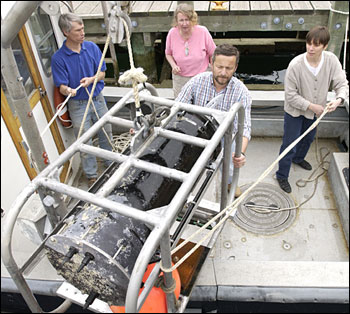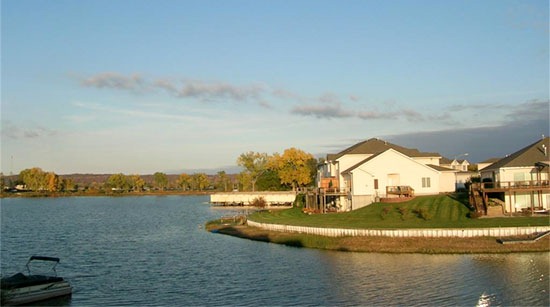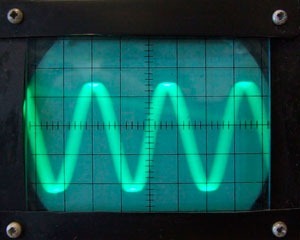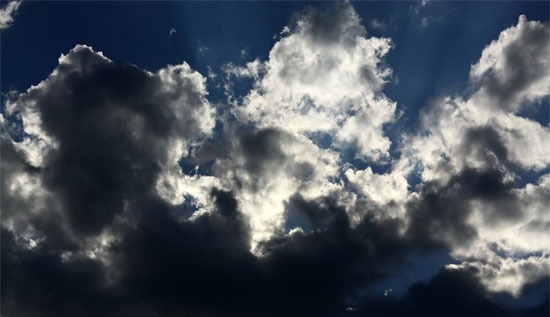Lake Ontario Project Aims To Pump Algae Away From Beachgoers
1For Lake Ontario beachgoers in Monroe County, New York, algae has been a recurring problem, according to the Democrat & Chronicle. So much so that Ontario Beach Park there can be routinely closed during summer months when algal blooms in the Great Lakes are prevalent.
But a new project may give tourists more days at the beach if it’s successful. Monroe County, after considering recommendations from the U.S. Army Corps of Engineers, plans to build an intake and pump system that could clear up water near shore.

Sandbanks Provincial Park on Lake Ontario. (Credit: C. Loser via Wikimedia Commons)
Essentially, an intake pipe built into a pier will suck in algae making its way toward shore. From there, the slime will be pumped to where the Genesee River empties into Lake Ontario and hopefully then carried out and away from swimming areas.
Ontario Beach Park is a massive beachfront area and an important tourist attraction. If the algae-reduction project is successful there, perhaps similar works will be implemented at other algae-stricken beaches in the Great Lakes.

The Genesee River as it flows through High Falls, New York. (Credit: Daniel Penfield via Wikimedia Commons)
According to the county’s website, the project was first recommended in 2011 and will be funded by a $400,000 grant from the New York State Department of Environmental Conservation. It is expected to be completed in August 2014.














The picture of the Genessee Ricer running through High Falls is slightly inaccurate. That is a picture Brown’s Race which was part of the old aquaduct system the city used to have. The actual river is on the east side of these buildings and farther below.